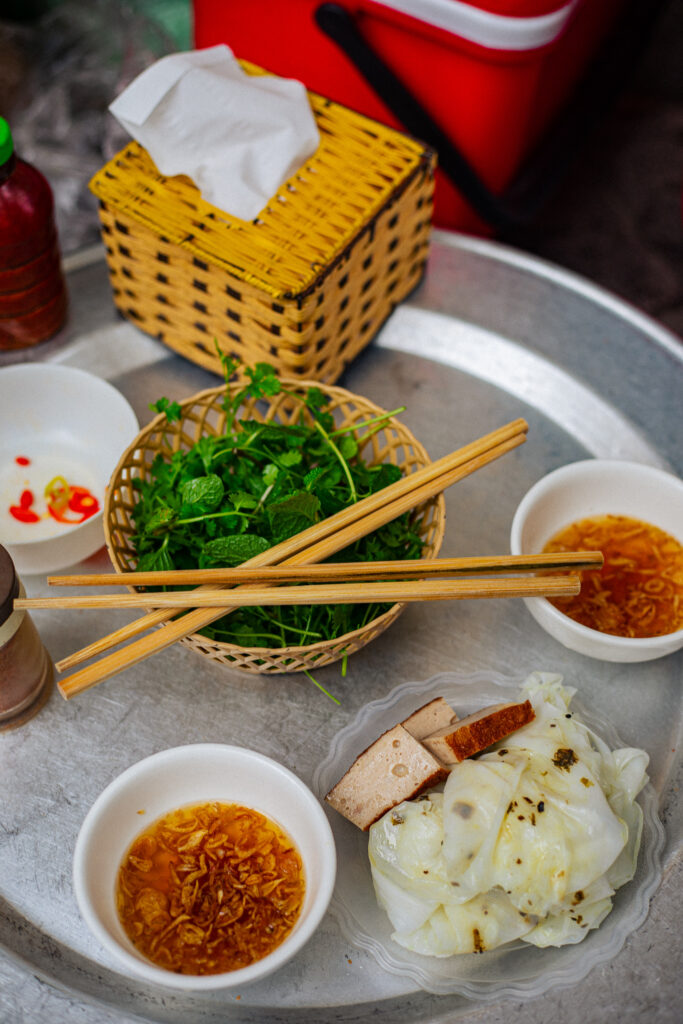Street photography is fun and rewarding, but it’s not always easy to capture the best of images with the very little time allowed by society for anyone to stand on the street, and with a DSLR camera, depending on which part of the world you are in. When many think of street photography, they typically think about traditional candid photography. With the randomness on the streets, you might struggle to find the right subjects and the right compositions, even the right amount of time – or you might feel entirely out of place and uncomfortable photographing people as you pass them in the streets. However, when done best, street photography always feels like candid moments, where people who read the images feel a connection to what a photographer might be feeling or thinking.

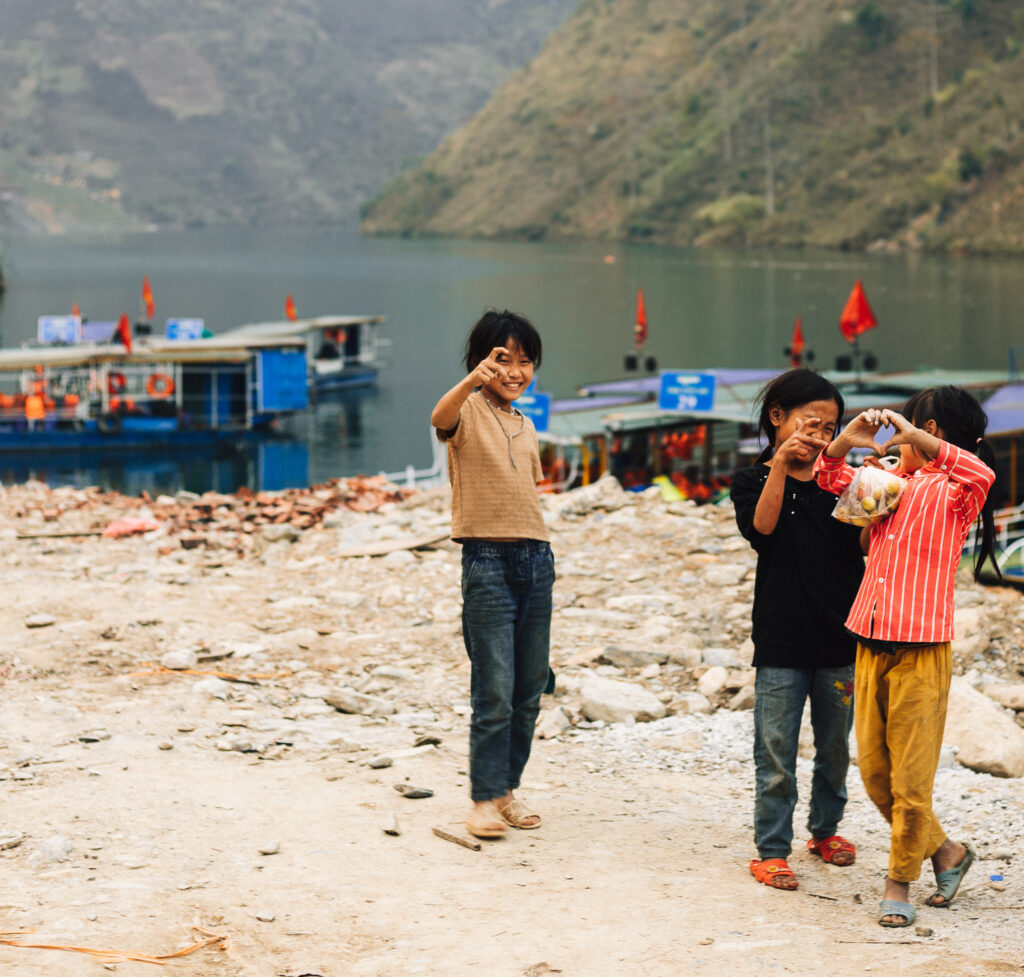
Street photography can be the best way to describe a person because being in the streets comes with a certain lack of restraints to composure that most humans might have in private spaces, street photography is also great to share the psyche of an area.
In street Photography, street portraits are a huge aspect of the genre. If you look through the many greats of street photography books and projects, you will see that portraits take on a huge piece of telling a story of a place or an idea. Sometimes candids are preferable but often they’re not. Also, street portraits come with a hidden rule that, if you feel the need to ask a random person on the street if you need to have their image made, You owe them a good portrait. For beginners it is often advised that the people you are around the most, the people you know the best, are the ones who can give you the best opportunities and be the most comfortable around you, so keep an eye out for them when trying out street portraitures.
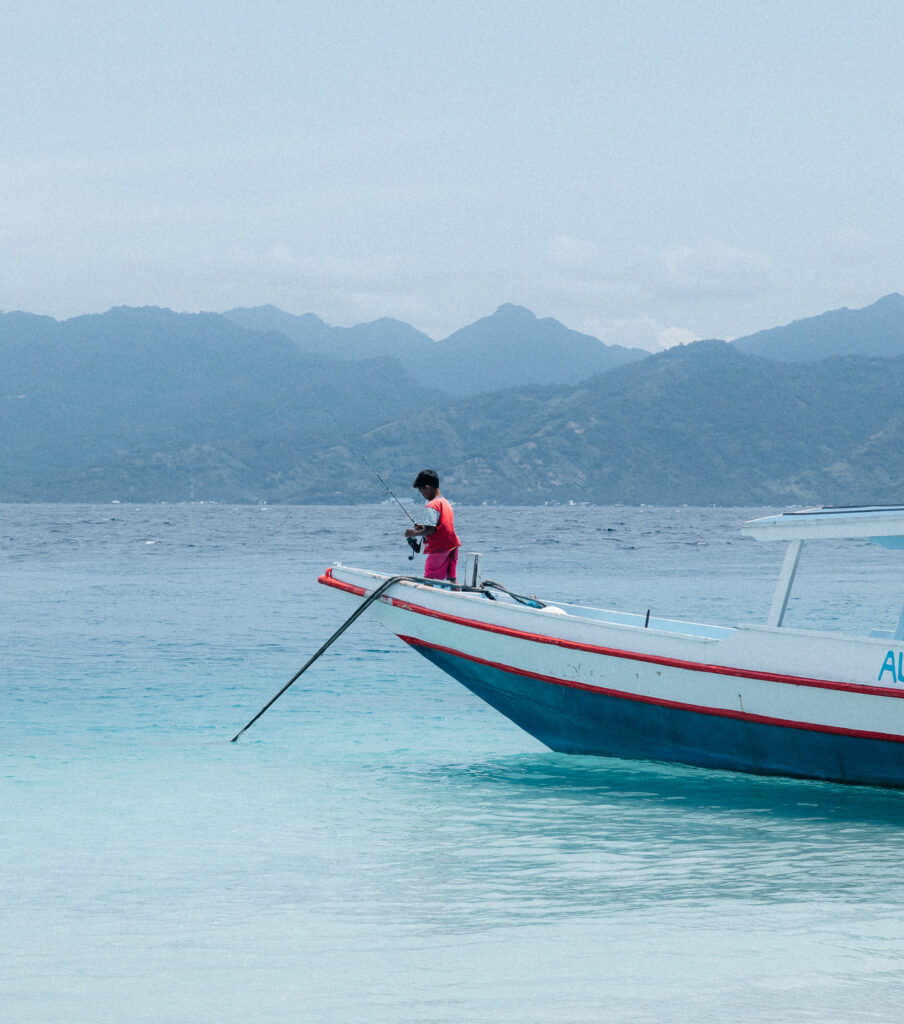
Hello Hollie Forson and welcome to Random Photo Journal! Briefly introduce yourself, What do you do and what got you started on your documentary journey?
Thank you for having me!
My name is Hollie, and I’m a photographer from London. I’m currently travelling around Southeast Asia and based in Indonesia. My journey into documentary photography began three years ago in March 2020 when the UK was under a strict lockdown during the COVID-19 pandemic. At the time, I was staying with my mother and finally decided to explore my longstanding interest in photography. I purchased a Canon 1100D camera and spent a lot of time in nature taking photographs, experimenting with editing and teaching myself how to
use Lightroom and Photoshop along the way. Photography quickly became my go-to creative outlet during this time. I found myself immersed in nature, forging a new connection with it that allowed me to appreciate its beauty in a more intricate way through the lens of my camera!
Since then, I have expanded my photography portfolio massively, capturing everything from travel and street to portraits, landscapes, food and music and culture. Photography is a way for me to document my daily life and the extraordinary moments that make it all worthwhile! I am grateful to have discovered my passion, and I am excited to see where this journey takes me next.
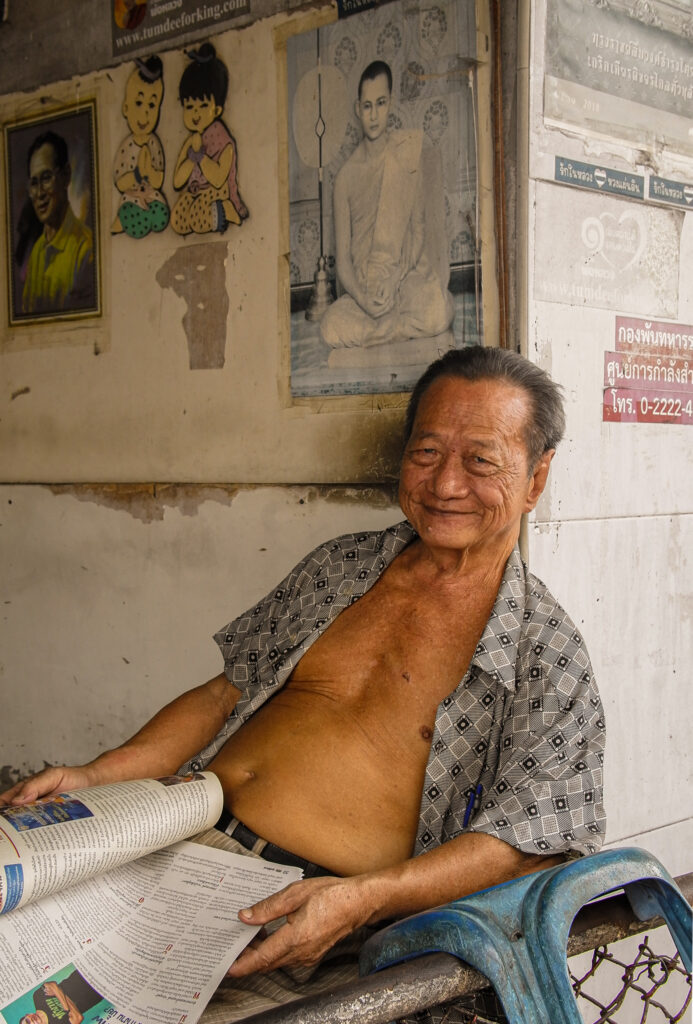
As an immigrant, where do you consider to be “home?”
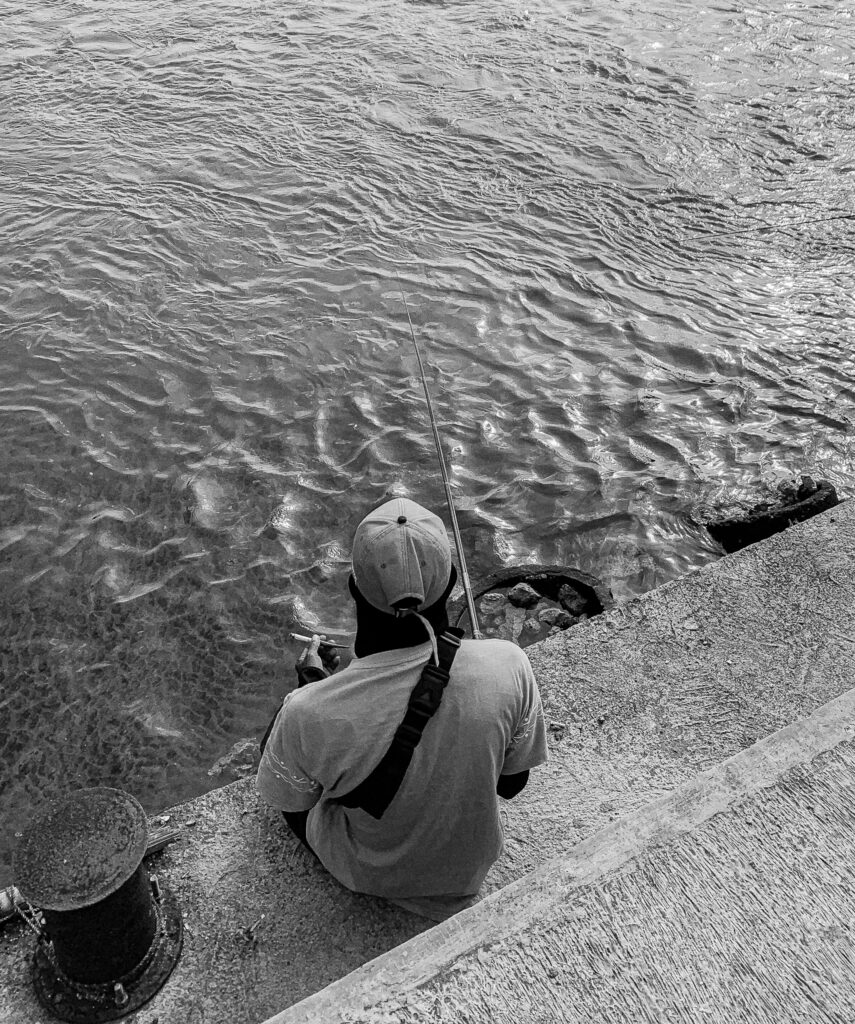
Home is a concept that I have redefined during my travels, as I have found that it transcends the traditional notion of a physical location, tied to one’s birthplace. For me, home is a feeling that resides within my heart, and as I venture to new places, I seek out a small corner or memory that connects me to that sense of belonging. For example, in Hanoi, it was a humble Banh Mi van, in Singapore, it was the bustling streets of Chinatown that reminded me of my childhood going to London Chinatown with my family and in Java, it was a cosy homestay run by the sweetest family! Sometimes, it is the people I meet on my journeys that make a place feel like home, creating deep connections that stay with me long after I depart. To me, this process of creating little “homes” around the world allows me to feel just as comfortable as I do in my family home in London, no matter how far away I may be. What surprises me most is that even in a location that is forty hours away from my home city, there are still similarities in the way of life that make me feel at ease. Overall, it is the people that I meet who make a place feel like home.
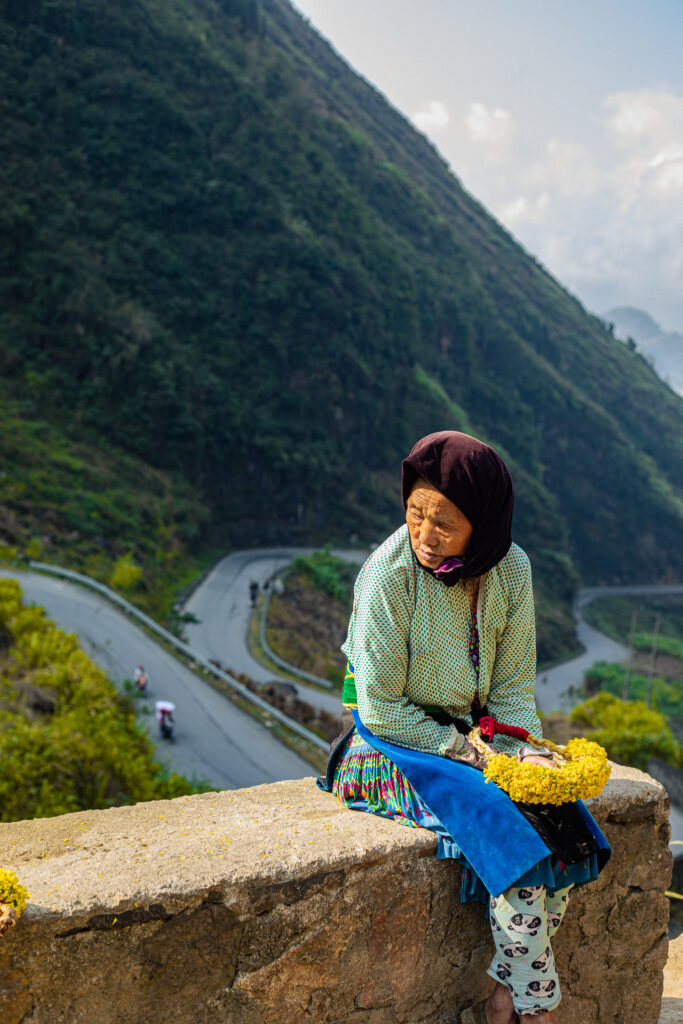
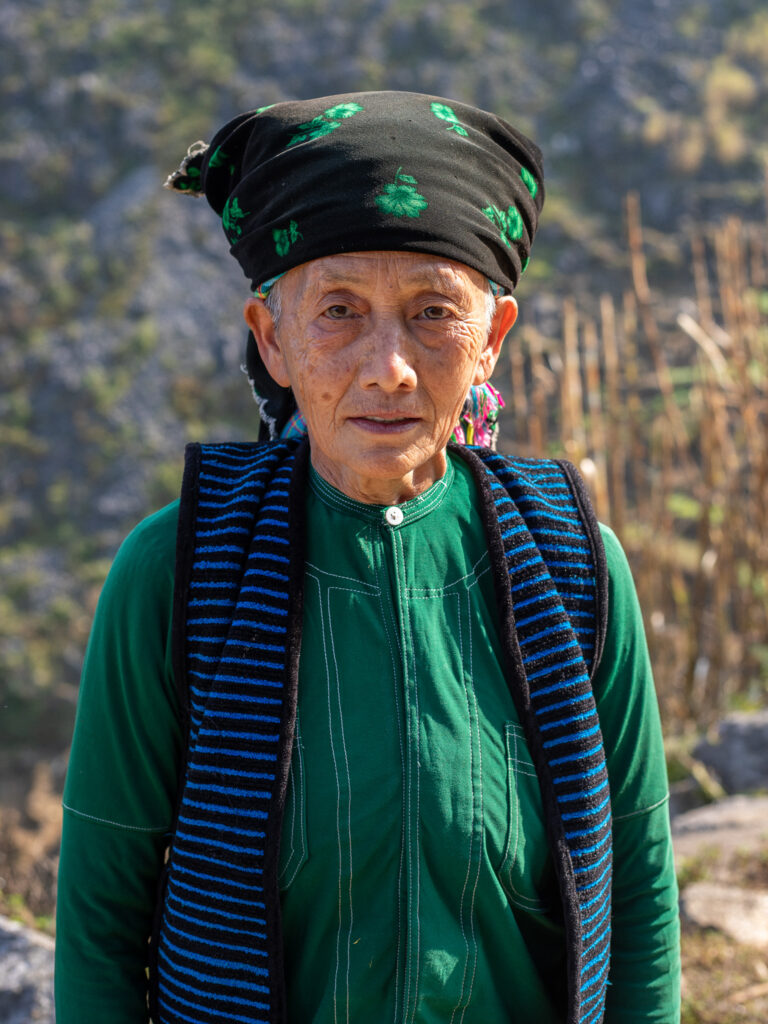
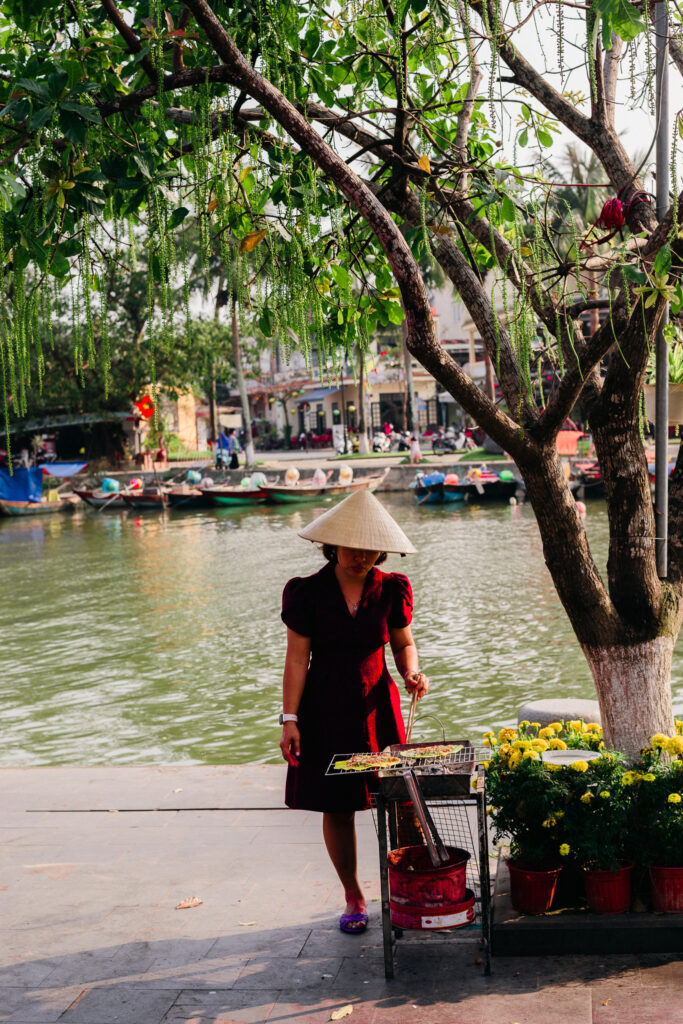
Since you are based in Indonesia, for how long, and has your photographic gaze of Indonesia adjusted to that of a local or it is still through the lens of a tourist?
I’ve been based here for 6 months so far. My photographic gaze lies within both that of a local and a tourist. Indonesia is such a diverse and vibrant place so I’m always discovering new things, places, people and secrets. The first time seeing anything is super exciting for me, so in these instances, I shoot through the lens of a tourist. On the flip, being fortunate enough to live in this country long term, I can always revisit places and get different shots. I try to broaden my horizon by taking photographs of things that a more discrete and unique to the local culture rather than the obvious places and things to shoot.
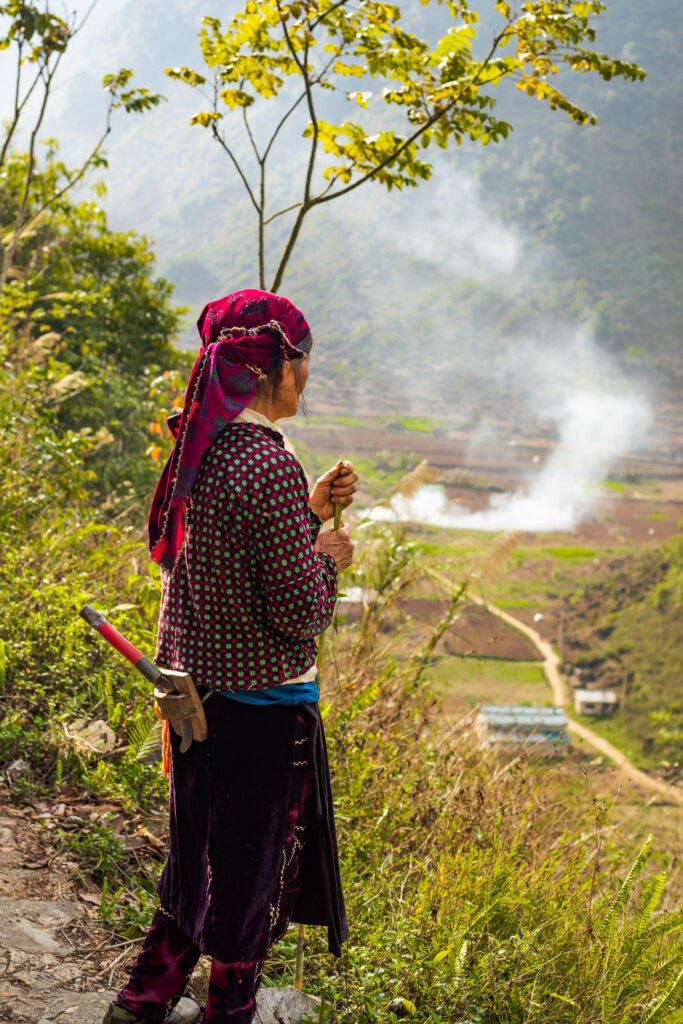
In your opinion, what makes a photograph great, or maybe even a good one?

A great photograph is more than just a well-composed image. It should capture a moment, an emotion, or a feeling. The best photos tell a story and make the viewer feel like they are a part of it. To create a great photograph, the photographer must have a clear focus, whether it’s on a specific subject or a particular place. The image should be unique, making the viewer want to know more about the story behind it. A great photo also has the power to evoke emotion, whether it’s happiness, sadness, or wonder. When a viewer can connect with the photograph on an emotional level, it becomes more than just a picture. It becomes a work of art that can inspire, entertain, or educate. In short, a great photograph is one that can make the viewer stop and take notice, feel something and remember it long after they’ve moved on.
You seem to make a lot of street portraits. We would like to know what the process of your street portraitures is, what it is like to walk up to strangers requesting that you wish to make a photo of them, do you have an already prepared mode of operation, and also attached to that question, do you think Vietnam is a photo-friendly place?
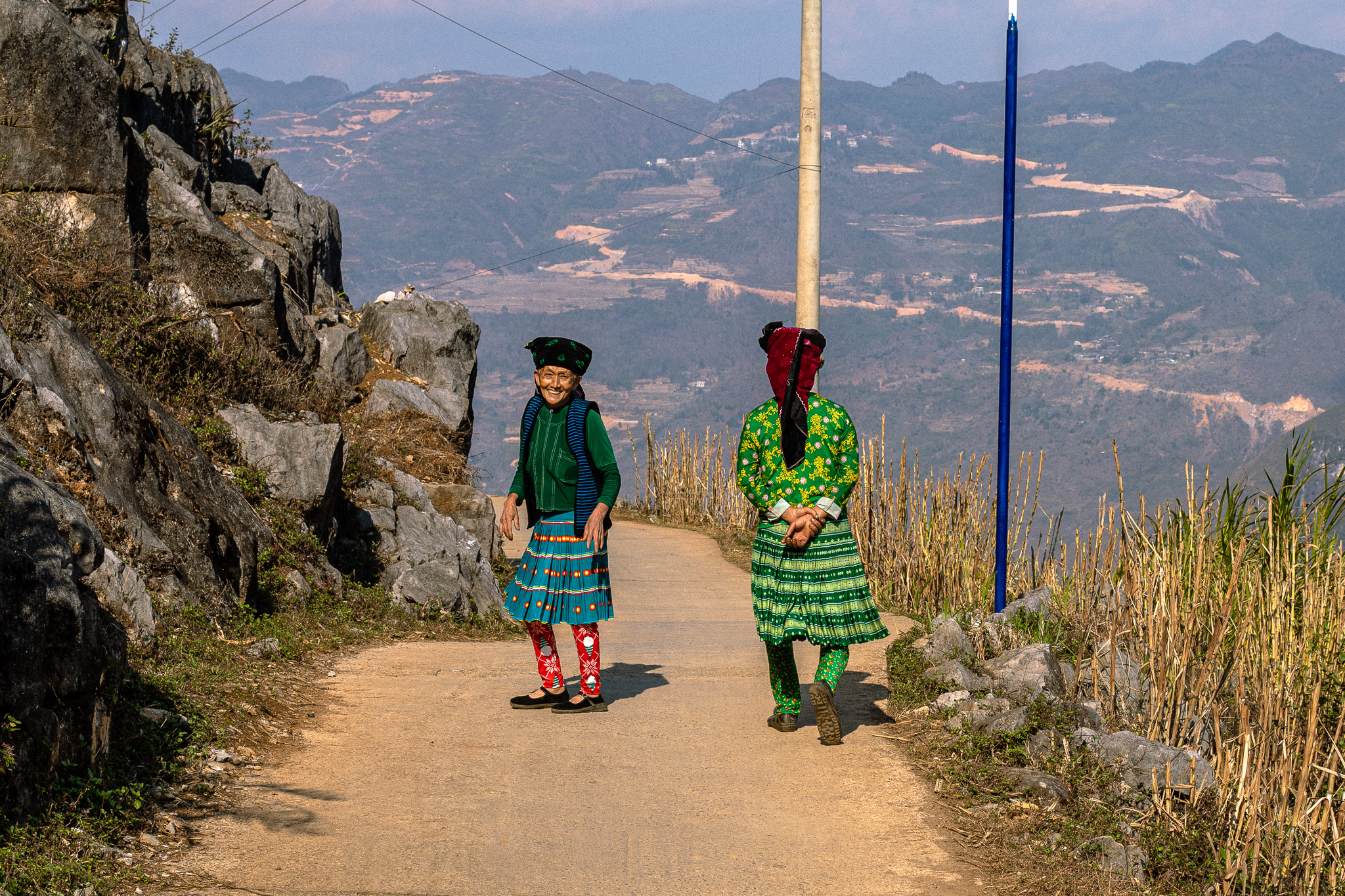
Certainly, I have taken a lot of street photographs! I believe that everyone has a story to tell, which is why I strive to connect with people from all walks of life (and hopefully capture their portraits if I can). There is no one set approach when it comes to making a stranger’s photograph, as every encounter is different with no preprepared mode of operation. However, one thing that remains constant is the importance of gaining consent from the subject before taking their photo. Usually, I engage in conversation with them before asking to make their picture, and they are often enthusiastic about being photographed once I do! Furthermore, Indonesia is an incredibly photo-friendly country! It is home to a diverse array of beautiful landscapes, vibrant culture, delicious food, and welcoming locals, making it a photographer’s dream destination! One of my favourite parts of the day is reviewing all my shots at the end of the day and reflecting on the experiences I’ve had. Indonesia truly is a place where every moment holds the potential to be a great photograph.
Are there other photographers whose work you enjoy and draw inspiration from?
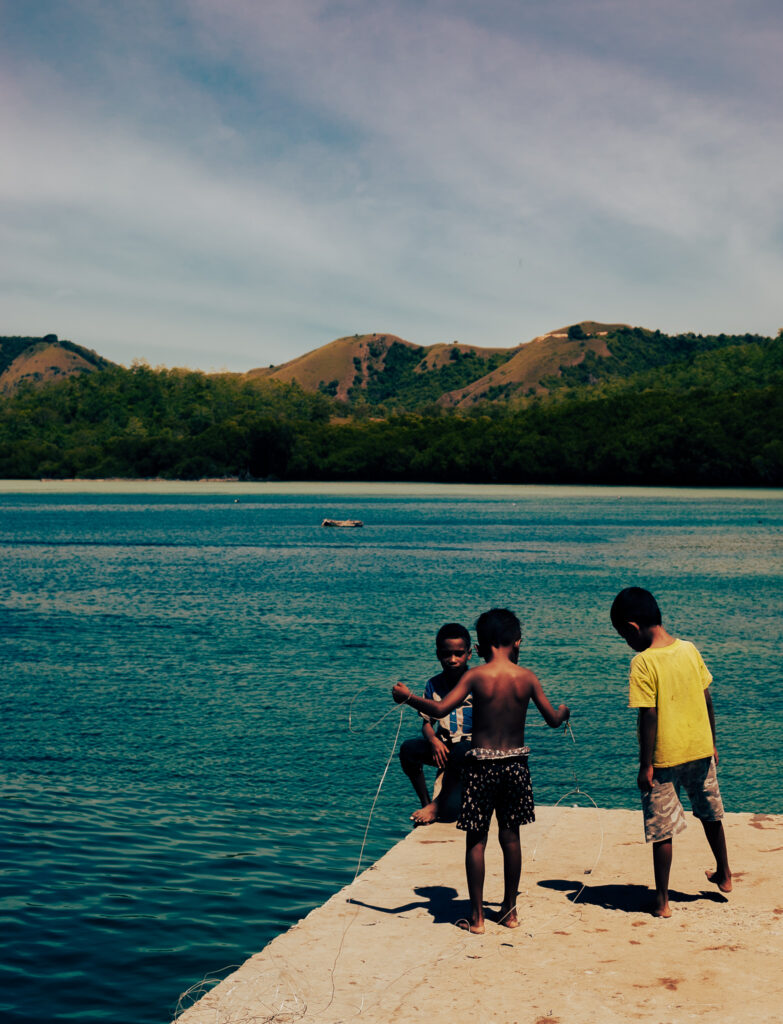
The source of my inspiration often stems from contemporary photographers who have left their indelible mark on the industry. Although many are familiar with iconic photographers like Annie Leibovitz, my personal muses tend to lean toward the recent talents of the industry. One photographer who has captured my heart is Campbell Addy. His stunning and easily identifiable style is a testament to his impressive talent. As a trailblazer in the industry, his work and identity have paved the way for aspiring Black photographers and creatives, like me, to see that it is truly possible to make a career out of the arts and leave a legacy. Another photographer who has caught my eye is Holly-Marie Cato. Her breathtaking travel photography is unparalleled, and she stands out as one of the most contemporary Black female travel photographers that I know of. Her work never fails to inspire me on my own documentary journey. When it comes to finding inspiration in a photographer, I find that I connect with their work on a deeper level if I can relate to them in some way. Whether it’s their culture and heritage or their personal interests, finding that commonality is crucial.
In the series of images, you shared with us, which is your favourite image, and can you quickly share the story behind it?
My favourite must be ‘Saying Goodbye,’ which features seven children on a dock. It was taken on Rinca Island, a small island located near Komodo Island, Indonesia, famous for being home to Komodo dragons. Our day trip to the island involved trekking, exploring with locals, enjoying delicious homemade cuisine and dancing to drums. The children’s energy was infectious, and we felt like one of them as we laughed, screamed, danced, and sang together. As we departed, the kids weren’t ready to say goodbye to our joyous day, and I quickly snapped this shot from the departing boat. The photograph is a moment of departure but captures so much more – the playfulness and joy we shared that day, and the children’s reluctance to say goodbye. The little girl in yellow, who held my hand throughout the day, has a scowl on her face, which is comical and yet bittersweet. The photograph may seem like a representation of an unhappy departure, but it tells the story of a wonderful day with the friendliest and most playful children. Every photograph tells a story and this one brings back fond memories and makes me smile.

